Ginger
For ages, ginger has been used as a spice as well as medicine by many people. These applications were mainly popular in the Arabic, Indian, and Asian traditional communities. Later, the plant was exported into the European countries. Today, large scale cultivation is largely practiced in Sri Lanka, China, Australia, India, Hawaii, Japan, and Pakistan.
The ginger plant belongs to the Zingiberaceae family. Its species name is Zingiber officinale. The crop grows to a height of about 45 cm. Leaves are lanceolate in nature and have a length of 18cm. The commercial products are the underground stems and rhizomes.
Growing Areas
Although the cultivation of ginger has widely spread throughout Sri Lanka, the main growing areas are still found in the wet zones. These are the districts of Kegalle, Colombo, Kandy, Kurungala, and Gampaha. During the past years, the total area of growth of this plant has been over 6000 hectares.
Some provinces in Sri Lanka also cultivate ginger alongside other crops like coconut.
Varieties
The large scale growing of ginger in Sri Lanka utilizes local as well as foreign varieties. The local varieties of ginger have small and fleshy rhizomes and are of the white color. These varieties are mainly used for drinks and beverages because of their strong aroma and taste.
The Chinese variety of ginger has watery rhizomes that are yellow in color. It is majorly used for pickles since its taste is low.
Soils
Deep well drained sandy loams largely favor the growth of ginger. These soils should be highly rich in organic matter. Manure and fertilizers should be added in order to improve the fertility of soils.
Climate
For successful growth, the elevation should reach a maximum height of 1500m above sea level.
The average annual rainfall should not be less than 1500mm. For areas prone to dry spells, irrigation should be applied. Generally warm temperatures with shade are also suitable. The pH value should range from 5 to 7.
Planting
Stem rhizomes are used for propagation of ginger. Deep planting of seeds is discouraged.
Harvesting
Change of the plant’s color to yellow and withering of leaves indicates readiness for harvesting. This occurs after the first 10 months of sowing. Care should be taken during the harvesting process to prevent the damaging of the rhizomes. Wooden sticks are used in this process.
The method of preserving the harvested ginger rhizomes is sun drying.
Uses and Health Benefits
Due to its strong taste and aroma, ginger is used to flavor baked products and curries. It is also applied in manufacturing perfumes. Health benefits of ginger include the following:
- Ginger eases soreness and pain gotten from strenuous activities because of its anti-inflammatory properties.
- Ginger lowers the blood sugar levels thereby preventing diabetes and heart diseases.
- Ginger also cures the problem of indigestion.
- Ginger reduces the levels of cholesterol on the body.
- Ginger helps in the prevention and treatment of various forms of cancer.
- Substances found in ginger also help in protection of the body from invasion by disease causing micro-organisms.
- Functioning of the brain is also greatly improved by ginger.
The use of ginger as an ingredient in many cuisines has brought about huge success. Its value in the international spice market has also risen considerably. In Sri Lanka, ginger rhizomes can be traded while fresh or when dried.



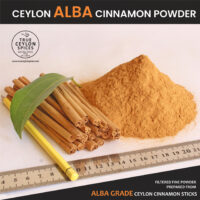

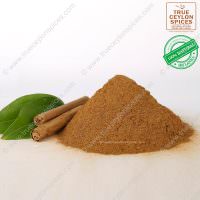

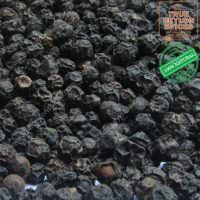
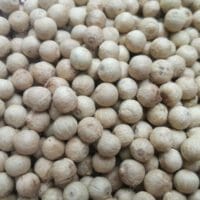
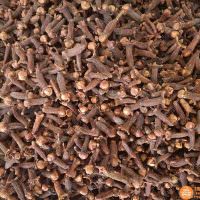

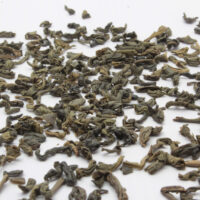

Dear Sir,
Do you have high piperine Pepper..?
Can we get 0.5 kg sample…?
If the quality price meets our requiremnt, we may buy sizable quantity.
Regards,
Ashok
Natural Remedies Pvt. Ltd.,
Bangalore
India